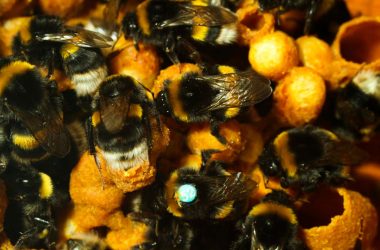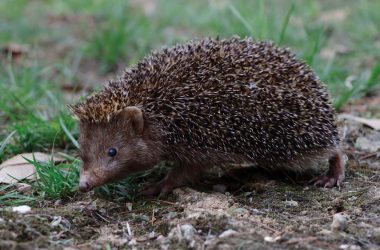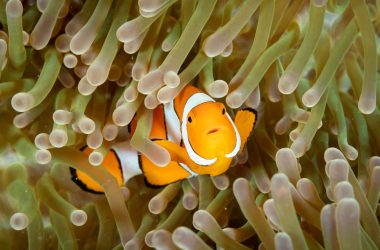Angela Stevenson dives with a bunch of flowering seagrass she has collected
REUTERS/Lisi Niesner
These scientists from the GEOMAR Helmholtz Centre for Ocean Research Kiel, Germany, are on a mission to save an important marine ecosystem in the Baltic Sea: seagrass meadows. Seagrass plays a crucial role in storing carbon dioxide in the ocean and provides food and habitat for marine life. However, one-third of the seagrass in Europe has disappeared since the 19th century due to climate change.
The SeaStore project, a collaborative seagrass restoration initiative involving GEOMAR, aims to cultivate a more heat-resistant version of seagrass to help the meadows thrive again. Flowering seagrass is collected from the Baltic Sea off northern Germany and cultivated in the lab until the seeds are ready for harvesting and planting.
A marine scientist for GEOMAR snorkels back to the boat
REUTERS/Lisi Niesner
According to Angela Stevenson, a researcher at GEOMAR and pictured collecting seagrass in the main image, the project has been very successful so far, with healthy and thriving plants. In the second image, another researcher can be seen snorkeling, and the image below shows Stevenson participating in a citizen diving course where locals are being trained to assist with the project.
The remaining images depict various activities related to the project, such as Isabella Provera, a PhD student, working in the lab, tubes containing samples for meadow analysis, a student preparing seagrass for analysis, and Tadhg O Corcora, a marine scientist at GEOMAR, studying the samples.
LEFT: Isabella Provera, in the lab at the GEOMAR Helmholtz Centre for Ocean Research RIGHT: Seagrass blades are placed in tubes
REUTERS/Lisi Niesner
Thorsten Reusch, a scientist at GEOMAR, highlights the need for more funding and citizen involvement in ocean science to ensure the success of the SeaStore project and avoid missing a significant opportunity.
LEFT: A student prepares samples RIGHT: Tadhg O’Corcora, a marine scientist for GEOMAR
REUTERS/Lisi Niesner
Topics:








